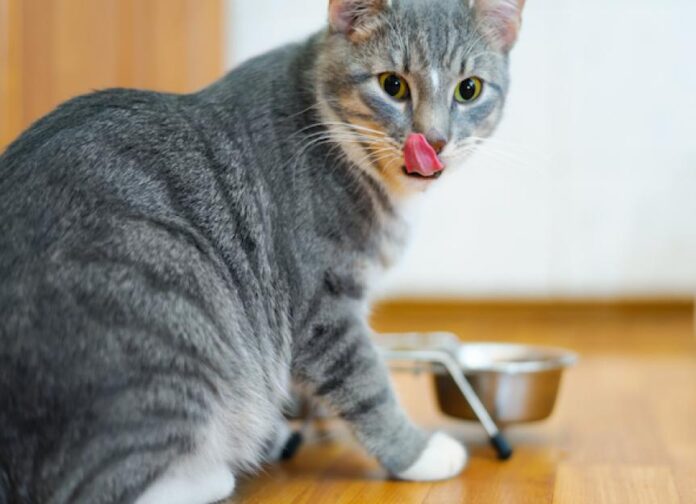Navigating Cat Feeding Methods: Free Feeding vs. Scheduled Feeding
Nurturing a cat involves more than just providing food and shelter; it requires understanding their dietary needs and habits. As cat owners find themselves in the pet aisle surrounded by a plethora of collars, shampoos, and treats, the choice of suitable cat food often leads to another critical decision: the method of feeding. There are two primary approaches to cat feeding, each with its unique advantages and detriments. This article will explore the pros and cons of free feeding and scheduled feeding to help you make an informed decision for your feline companion.
Understanding Free Feeding
Free feeding allows cats to eat at their leisure, with a bowl of dry food available all day. This method is particularly beneficial for busy owners, as it eliminates the need to adhere to strict meal times. Below are some advantages and drawbacks of this feeding approach:
- Advantages:
- No need to rush home for meal time, perfect for busy lifestyles.
- Aligns with a cat’s natural instincts to graze whenever they feel hungry.
- Can accommodate multiple pets, allowing them to eat as they choose.
- Disadvantages:
- Risk of dominance issues in multi-cat households, where one cat may monopolize the food.
- Potential for overeating, especially in breeds known for exceeding their hunger cues.
Exploring Scheduled, Portion-Controlled Feeding
For owners with predictable schedules, scheduled feeding can be a healthier alternative. This method limits the amount of food a cat consumes at each meal, helping to maintain a healthy weight and monitor dietary intake. Here are some benefits and challenges associated with this feeding practice:
- Advantages:
- Controlled portions help prevent overeating and obesity.
- Facilitates the administration of medications mixed with food.
- Encourages bonding time between owner and pet during meal sessions.
- Helps monitor food intake for cats on special diets or those needing weight management.
- Disadvantages:
- Requires multiple feeding sessions throughout the day, which can be demanding.
- Particularly challenging when caring for kittens who need more frequent meals.
Making the Right Choice for Your Cat
Choosing the best feeding method for your cat can depend on various factors, including age, breed, and your daily schedule. If you are uncertain which option suits your pet’s unique needs, consulting your veterinarian is a wise step. Furthermore, consider exploring mechanical feeding bowls that dispense food at designated times as a convenient solution.
In the end, the health and well-being of your cat should guide your decision, rather than mere convenience. Whether you opt for free feeding or scheduled feeding, ensuring that your feline friend receives the right nutrition is paramount to their long-term health.
Image source: slava / via Flickr











